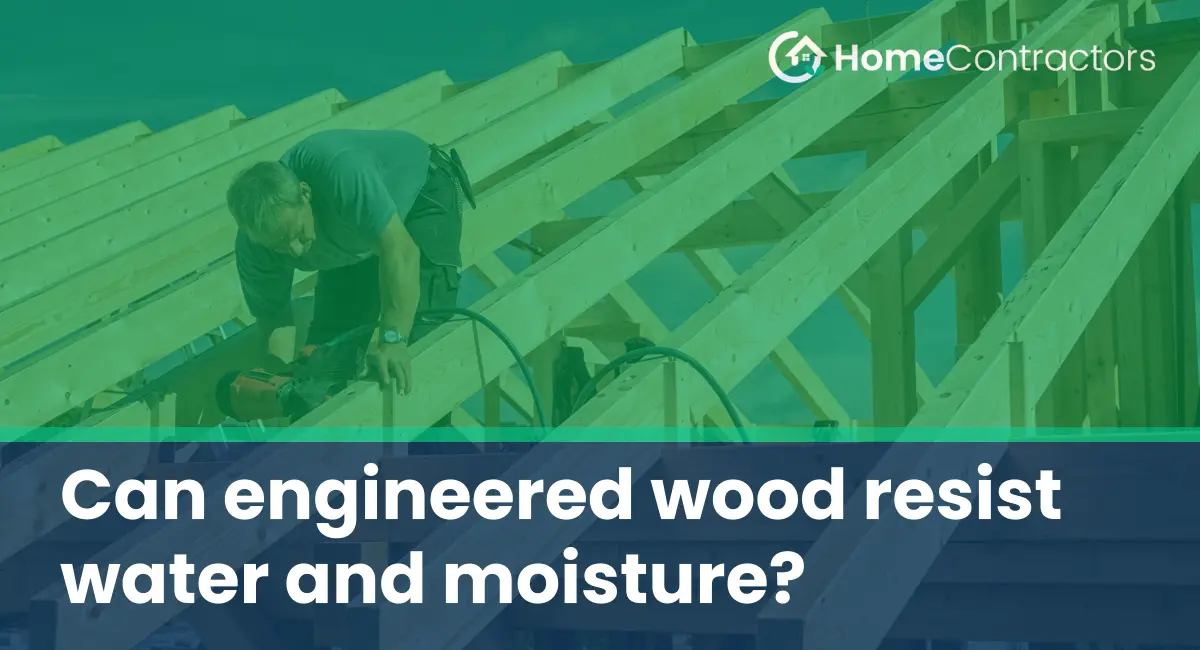In this article, we will delve into the properties of engineered wood, its resistance to water and moisture, and some measures you can take to ensure its longevity.
Understanding Engineered Wood:
Engineered wood is a composite material made by binding layers of wood veneers or fibers together with adhesives. It consists of multiple layers, including a core layer for strength and stability, a decorative layer for aesthetics, and a protective layer for durability. This combination of layers gives engineered wood its structural integrity, while also allowing it to mimic the appearance of solid hardwood.
Understanding Water and Moisture:
Before exploring the resistance of engineered wood to water and moisture, it is essential to grasp what its potential effects are. Exposure to water and moisture can cause various problems, such as warping, swelling, cracking, and mold growth. These issues can compromise the structural stability and aesthetics of the wood, potentially leading to costly repairs or replacements.
Engineered Wood’s Resistance to Water and Moisture:
Engineered wood generally demonstrates better resistance to water and moisture compared to solid hardwood. However, it is important to note that all wood products, including engineered wood, are vulnerable to moisture-related damages if exposed excessively or improperly maintained.
Surface Protection:
Engineered wood is typically finished with a protective layer that acts as a barrier against water and moisture infiltration. This layer, often made of a waterproof or water-resistant material, can prevent water from penetrating the wood, reducing the risk of swelling or warping.
The Importance of Proper Installation:
Proper installation is crucial in ensuring engineered wood’s resistance to water and moisture. All edges and joints must be sealed adequately to prevent water seepage. Additionally, a moisture barrier, such as a plastic sheet or waterproof underlayment, should be installed beneath the engineered wood to provide an extra layer of protection against moisture from underneath.
Maintenance and Care:
To maintain the water and moisture resistance of engineered wood, regular care and maintenance are essential. Here are some tips to consider:
- Promptly Wipe up Spills: Accidental spills should be immediately wiped up to prevent water absorption and potential damage.
- Avoid Excessive Water: Avoid using excessive water when cleaning engineered wood floors or surfaces. Instead, opt for damp mopping with a microfiber cloth or a well-wrung mop.
- Control Humidity Levels: Maintain a stable humidity level within the recommended range for your specific engineered wood product. Extreme humidity fluctuations can impact the wood’s moisture content and lead to problems.
- Provide Adequate Ventilation: Proper ventilation helps to minimize the accumulation of moisture in enclosed spaces, reducing the risk of damage to engineered wood.
Engineered wood, with its multiple layers and protective finishes, demonstrates better resistance to water and moisture compared to solid hardwood. Nonetheless, it is crucial to remember that no wood product is entirely impervious to water-related issues. By following proper installation techniques, regular maintenance, and implementing preventive measures, engineered wood can withstand water and moisture challenges for years to come. So, if you’re considering using engineered wood for your flooring or other applications, rest assured that it can indeed resist water and moisture when handled and maintained correctly.
